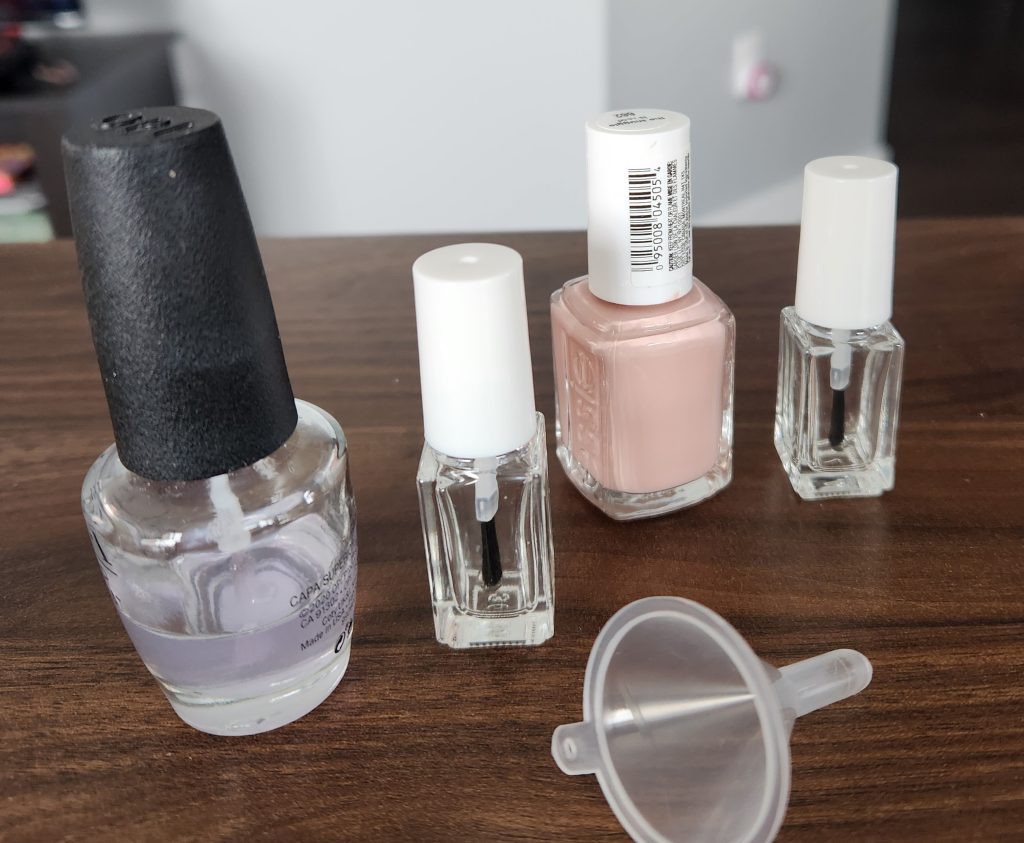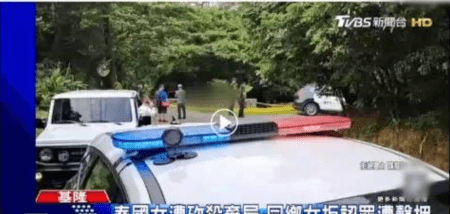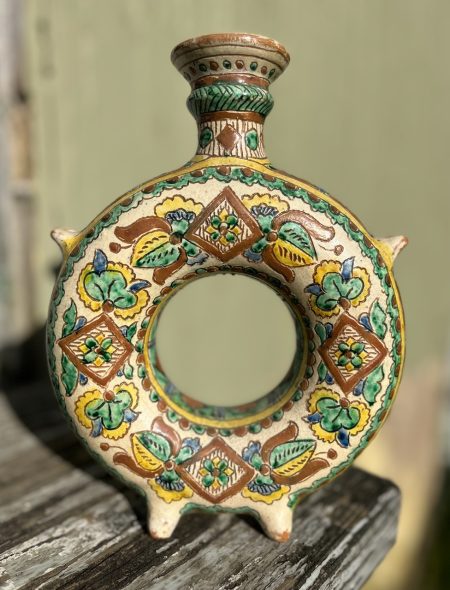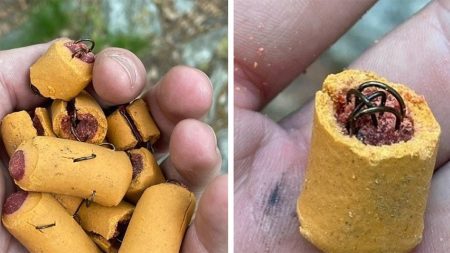Myscha Theriault | Tribune News Service (TNS)
Raise your hand if you dislike dealing with liquids and carry-on bag restrictions when flying. Your hand didn't go up? You're not alone. Over twenty years of juggling different bottle shapes and airline-dependent luggage rules have affected many of us. I don't know a single traveler who isn't completely over it.
Factor in product availability and lost itinerary time searching for replacements, and packing becomes even more of a logistical puzzle. As someone who carries most of my life on the road for long periods of time using only a personal item and a carry-on bag, I've come up with a few tricks over the years which have served me well. Following are my top tips to save space so you can pack more of what you want.
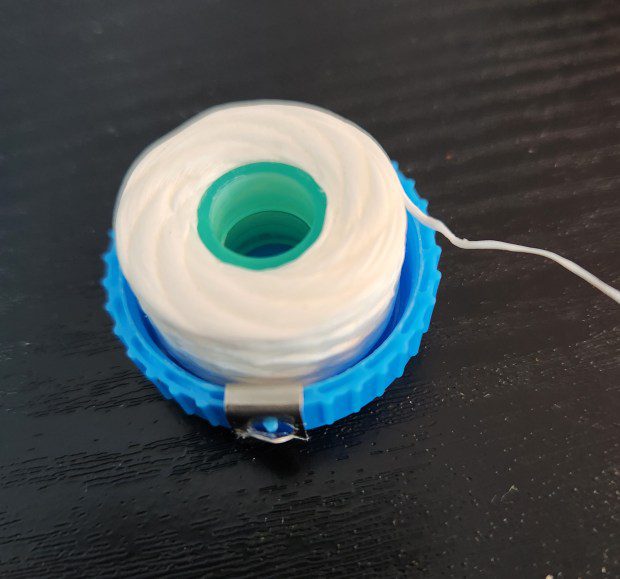
Alternatives
When perfecting your personal care packing, consider all your options. Product formula, tools, application method and storage containers are all fair game. Everyone has at least one frustration that comes up on every trip. For my husband and me, it's shaving cream. I don't mind using soap. He does. Airline compliant cans cost the same as large ones for his preferred brand, and their size is still significant. He's tried the solid bar and brush approach to shaving and isn't a fan. Recently, I pitched him on unpressurized shave gel. Ladies and gentlemen, we have a winner! It gives him the experience he wants and decants easily into alternative storage.
I've had additional wins with both nail and dental care. For starters, the new glass files on the market have one side that serves the same function as a four-way buffer. Not only does this reduce my kit by one item, but it saves cash as well. Miniature buffers are priced at a premium compared with large ones, and they need frequent replacing. A second search found nail clippers half the size of my old set. Minimizing my nail brush took a bit more effort. The smallest ones I've found on the market still have curved handles which make packing other grooming items problematic. My solution? Sawing the entire handle off a toothbrush and using a lighter to burn off the rough bits. This one tiny tool lets me deal with both nails and laundry stains.
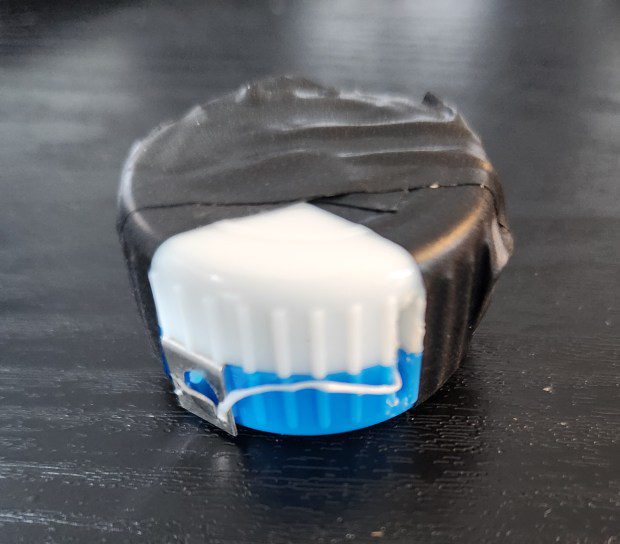
A shortened toothbrush for dental use is too much wrist strain for me, but I have had a rather exciting breakthrough on dental floss. Miniature boxes still waste a degree of space, and require restocking more often than I'd like. To address this, I remove the floss spool from the inside of a regular container and the metal cutting tool from the top. Using two round covers from an extra contact lens container, I cut corresponding slots on each cover for the floss to come through and press the cutter onto the outside edge of one cover. Placing the spool inside and securing both covers together with electrical tape produces a usable solution a fraction of the original size.
Decanting
You can make things smaller by changing the containers you use for your products. Regular travel bottles can be too big for the amount of liquid you need. By transferring the liquids into different containers, you can carry more of what you want in the brands you prefer, especially if you have special hair and skin needs.
There are cosmetics containers made for industry use that come in smaller sizes than the airline limit, and they don’t need to be bought in large quantities. You can easily find multipacks in manageable amounts online. These containers like spray, pump, and roller bottles save space and don't require you to spend more money just to get packaging that fits in your liquids bag. Clear lip gloss squeeze tubes allow for precise application and show you how much product is left. They can also be used for thicker fluids that are hard to dispense in other ways.
The same idea applies to nail polish packaging. It can be hard to find small bottles that are not part of a multipack with colors you don't want. When you compare the price and size of individual bottles to a single full container of your favorite brand and color, you may find that the smaller bottles are expensive. Even if the brands offered smaller options for your chosen colors, you may still end up spending a lot, especially if you only need a few specific shades. Buying a multipack of smaller bottles for $9 gave me extra to transfer more colors in the future.
Sometimes, you'll need to be creative to fit essential toiletries into small spaces. Dawn Dewitt, a professional body painter and frequent traveler, uses round, flat bead tins with screw-on lids from craft supply stores for carrying solid deodorant, which she transfers from the original packaging. This means applying the deodorant with your fingertips, which may not be suitable for everyone. But for Dewitt, it's worth the extra effort. This downsizing trick helped her pack for an extended trip with only a small backpack and a day pack. Dewitt says, “It lasted a whole month, with leftovers to spare!”
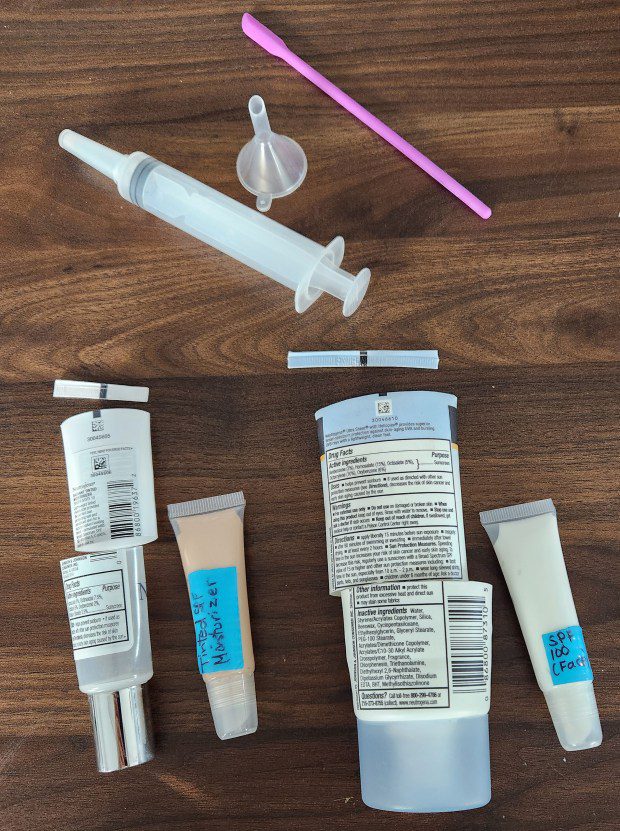
Tools
Some products can be easily transferred into your chosen containers, while others may need specific tools to help with the process. I use a mini funnel, a small silicone cosmetic spatula, and a needleless syringe about the size used for children's medication to transfer products. Thinner liquids can be funneled into smaller tubes easily, while thicker ones can be transferred using the syringe. When it comes to getting every last bit of makeup or lotion out of a tube, thin silicone spatulas are very helpful.
Made to work like the ones used to completely remove cake batter from a mixing bowl, they allow you to completely scrape the inside of the packaging. You may need to cut the tube to get every last bit, but doing so can mean avoiding a trip to the store before your flight. These spatulas can also save you a lot of money on a regular basis, even if you aren’t traveling. I bought a four pack for $5 online, while my funnel and syringe were included with one of my cosmetic container orders.
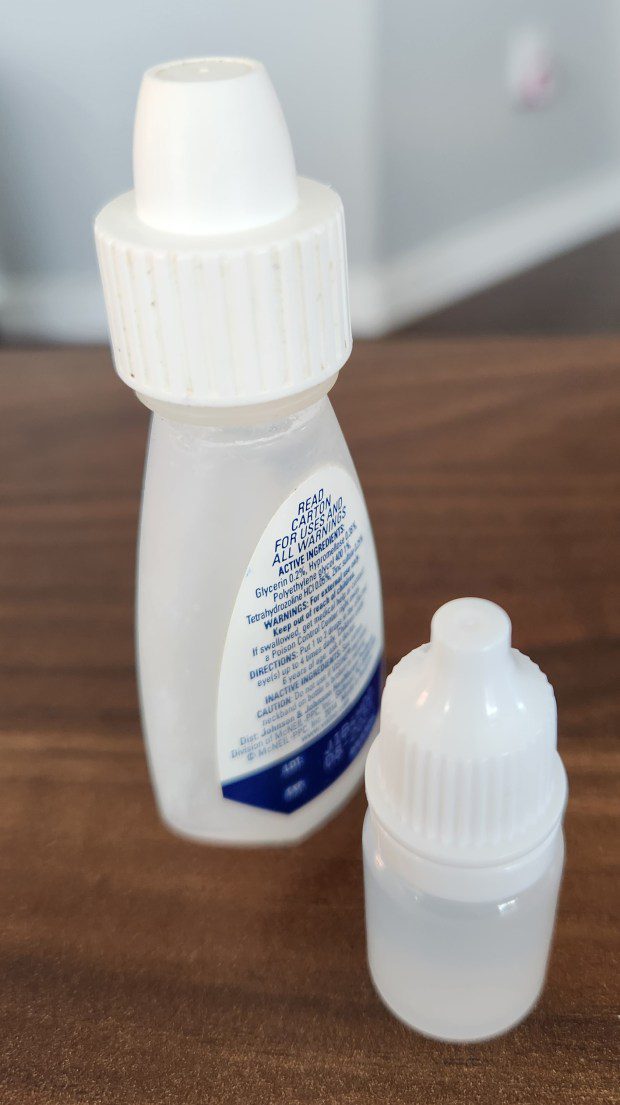
Consumption
How quickly you use various products is a big part of your personal packing situation. If a small tube of topical ointment for insect bites lasts you a year or more at home, chances are a tube one third the size will last a few months abroad. The same goes for things like eye drops and concealer. On the other hand, some supplies are used more quickly. For example, my husband is a runner who consistently uses medicated body powder. As a couple, we also keep mouthwash in stock for dental hygiene. While full-size versions of these are not allowed on planes, we do pack the full amount allowed by the airline instead of the miniature tubes we carry for other supplies.
For long trips, it’s important to remember that after a few weeks, you’ll be replacing basic items from the local economy anyway. So it’s best to make your peace with alternative brands of toothpaste, deodorant and other essentials ahead of time. On the other hand, heading to a remote location and packing as though you’ll only need to handle a 12-hour flight delay is an exercise in hubris. Decide carefully.
With any trip, there are things to consider that will be specific to you and your itinerary. How far away will you be from retail infrastructure, and for how long? How difficult will it be to find replacements based on public transportation, time restrictions and other factors? Do you want to spend your limited time searching for things not readily available? Which items will be available where you are staying, such as shampoo, soap and additional wound care supplies?
While there’s a lot to think about as you plan your packing, having what you need without interrupting your vacation is incredibly valuable. Some widely accepted travel advice would have many believe that traveling in a space-efficient way means packing as you would for a remote mountain hike. I respectfully disagree. With a bit of effort, it’s not only possible to bring what you want, but also save space and money.
(Lifestyle and travel expert @MyschaTheriault blends thrift and luxury to live well for less around the world.)
©2024 Tribune Content Agency, LLC.





